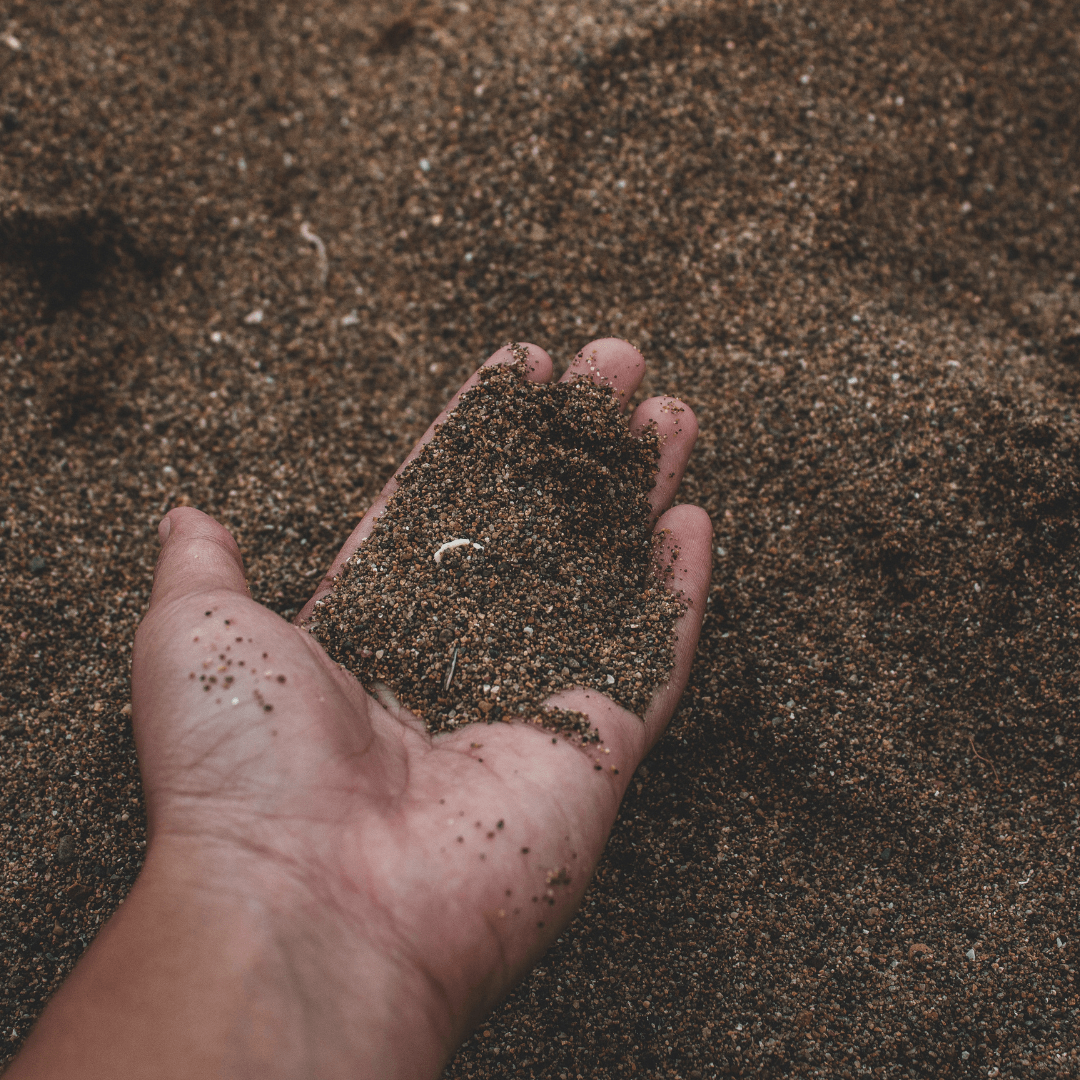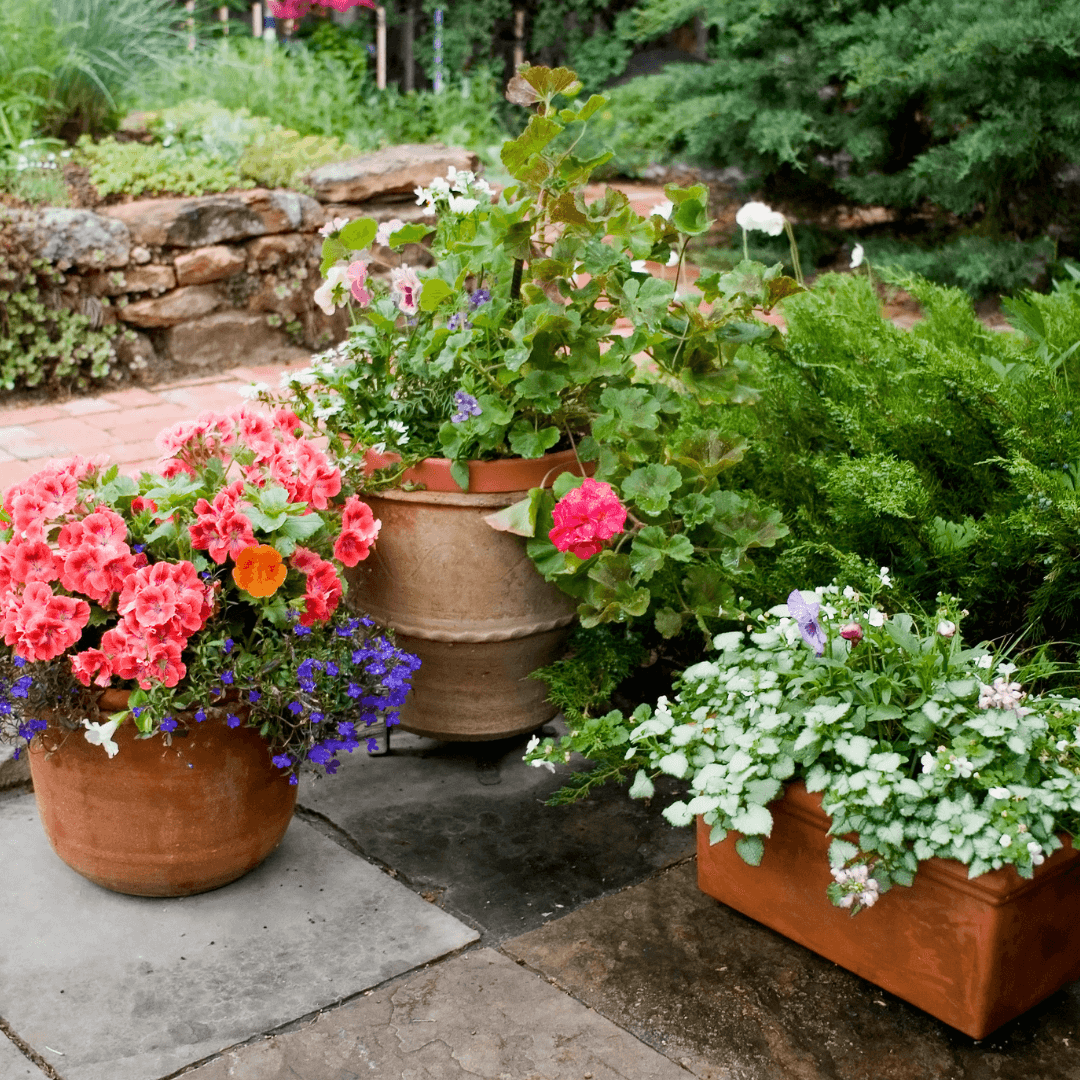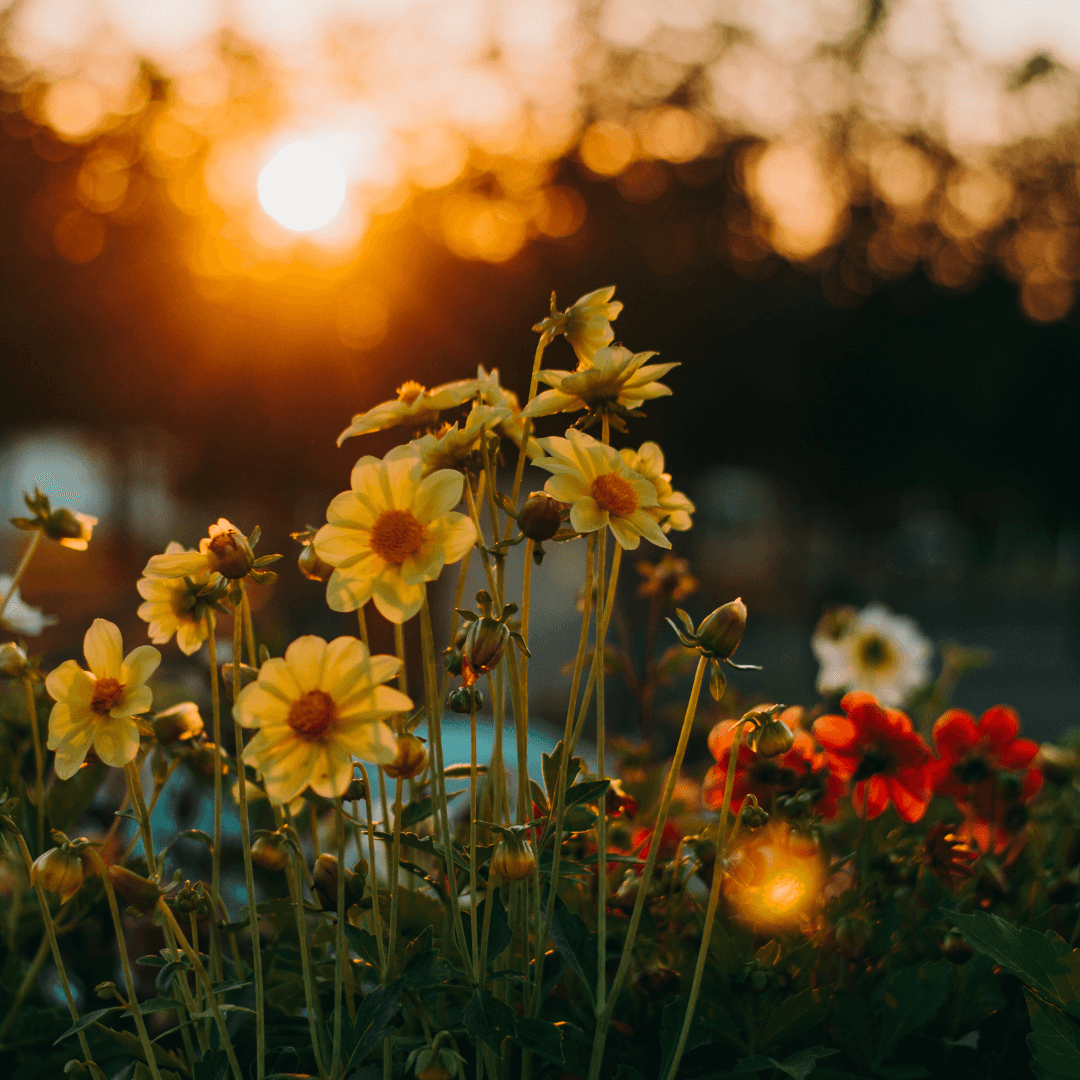As an avid gardener and a woman who has spent countless hours nurturing plants from seeds to flourishing beauties, I often get asked, "Do I plant the whole packet of seeds?" To answer this question, let's dive into an in-depth exploration of seed planting, and how to make the most out of your seed packets to ensure a thriving and healthy garden.
1. Understanding Seed Packets
A seed packet is a small envelope or container that holds the seeds of a specific plant species, usually including the plant's name, description, and planting instructions. There are various types of seed packets, such as:
Heirloom Seeds
These are seeds that have been passed down through generations and have remained unchanged for many years. They often produce plants with unique characteristics and flavors.
Heirloom Seed Varieties
Within heirloom seeds, you'll find a vast range of plant species and cultivars, each with its own unique traits.
Hybrid Seeds
These seeds are created by crossing two different plant species to produce offspring with desired characteristics, such as disease resistance or improved taste.
Organic Seeds
These seeds come from plants that have been grown without the use of synthetic pesticides, herbicides, or fertilizers. Organic seeds can be heirlooms, open-pollinated, or hybrid.
Vegetable Seed Vault Kit | 35 Variety Pack
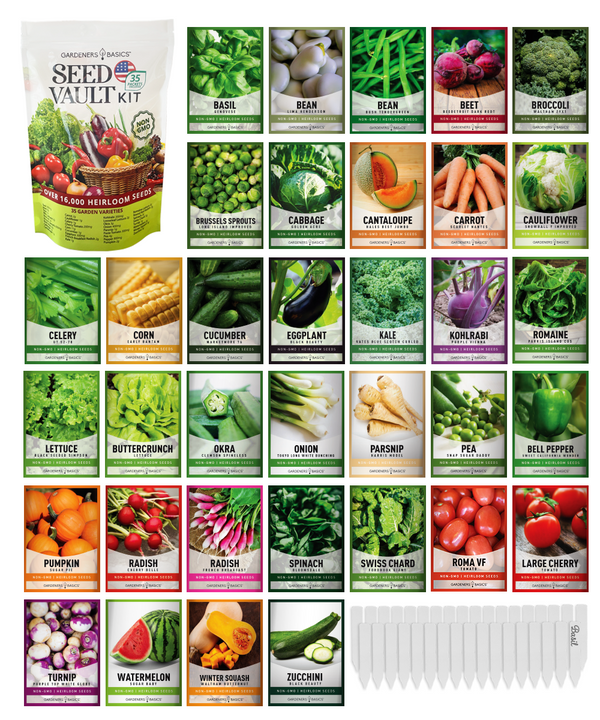
$29.95
$49.95
Ultimate Survival Seed Vault: 16,000+ Non-GMO Heirloom Vegetable Seeds for Emergency Preparedness Introducing the Seed Vault Kit, your all-in-one solution for emergency preparedness and sustainable gardening. This premium seed kit contains over 16,000 non-GMO, Heirloom, Non-Hybrid, and Open Pollinated seeds,… read more
Open-Pollinated Seeds
Open-pollinated seeds are produced through natural pollination methods, such as wind, insects, or birds. They typically produce plants that closely resemble their parents.
Decoding Seed Packet Information
Seed packets often contain valuable information, such as:
- Amount of seeds: The number of seeds included in the packet, can range from a few dozen to thousands. This can also be done as a weight unit.
- Planting instructions: Guidelines on how and when to plant the seeds, including recommended spacing and depth.
- Shade or Sun: This will tell you if the plants like to be planted in sunny spots or shady locations.
- Days to maturity: The approximate number of days from planting to harvest. This can help you plan your garden and stagger planting times for a continuous harvest.
2. Deciding How Many Seeds to Plant
The number of plants you want to grow will determine how many seeds you need to plant. Factors to consider include:
- Garden size: The available space in your garden will influence the number of plants you can accommodate.
- Plant spacing: Different plants require varying amounts of space to grow. Be sure to consult your seed packet for specific spacing requirements.
- Desired harvest: If you're growing vegetables or fruits, consider the amount of produce you wish to harvest.
3. Accounting for Seed Germination Rates
As mentioned earlier, seed germination rates can vary depending on the type and age of the seed. To ensure a healthy garden, it's crucial to account for these rates when deciding how many seeds to plant. Keep in mind that:
- Tiny seeds often have higher germination rates, meaning you may need to plant fewer seeds to achieve your desired number of plants.
- Larger seeds may have lower germination rates, so planting more seeds can increase the likelihood of obtaining the desired number of plants.
- Older seeds may also have reduced germination rates, so it's best to use fresher seeds whenever possible.
4. Seed Germination Techniques
To increase germination success, you can use several techniques, including:
Pre-soaking Seeds
Some seeds, particularly large ones, benefit from pre-soaking in water for a few hours or overnight. This can help soften the seed coat and speed up the germination process.
Scarification
Scarification involves gently abrading the seed coat to allow water and oxygen to penetrate more easily. This can be done using sandpaper or a file and is particularly helpful for seeds with hard coats.
Stratification
Some seeds require a period of cold temperatures to break dormancy before they can germinate. Stratification involves placing seeds in a damp medium, such as peat moss or a damp paper towel, and then refrigerating them for a specified period of time.
Seed Priming
Seed priming is the process of partially hydrating seeds to initiate the germination process but stopping it before the seedling emerges. This can help improve germination rates and reduce the time it takes for seeds to germinate once planted.
5. Sowing Seeds Based on Size
The size of the seeds will impact how you sow them. Generally, there are three categories:
- Tiny seeds: These are often surface-sown, as they require light to germinate. Gently press them onto the soil surface and mist them with water.
- Medium-sized seeds: These seeds should be planted at a depth of about twice their diameter. Make a small hole, drop the seed in, and lightly cover it with soil.
- Large seeds: These seeds need to be planted deeper, usually at a depth of about three times their diameter. Dig a hole, place the seed inside, and fill it with soil.
6. Planting Multiple Seeds per Hole
In some cases, planting multiple seeds per hole can be beneficial. This approach can:
- Increase germination success: If some seeds fail to germinate, others in the same hole may still succeed, ensuring that a plant grows in that spot.
- Improve plant health: Planting multiple seeds per hole can result in stronger, more vigorous seedlings, as they compete for resources.
- Allow for thinning: Once the seedlings have emerged, you can thin out the weaker plants, leaving only the healthiest ones to continue growing.
However, planting too many seeds per hole can lead to overcrowding, which may cause weaker plants and reduced yields. Be sure to consider the plant's specific needs when deciding how many seeds to plant per hole.
Wildflower, Perennial, & Annual Flower Seed Kit | 35 Variety Pack
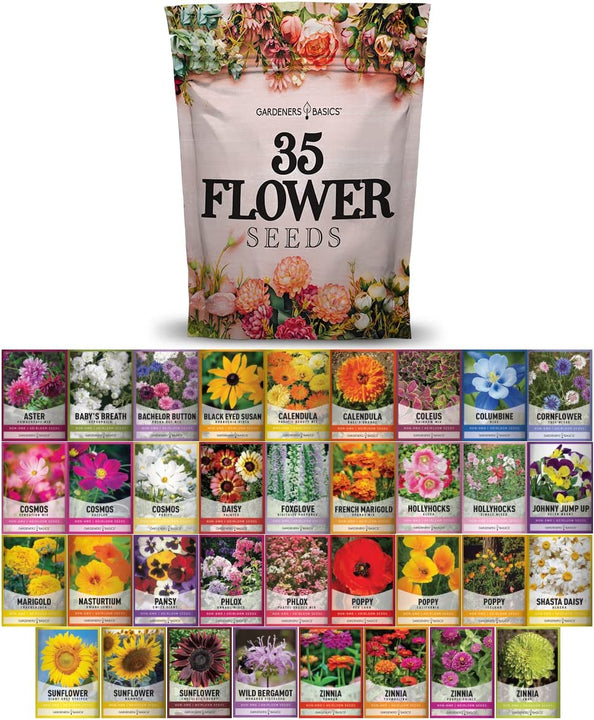
$29.95
$49.95
35 Flower Seeds Variety Pack – Heirloom, Non-Hybrid, Non-GMO, Open-Pollinated – Perfect for Pollinator-Friendly Gardens Transform your garden with our 35 Flower Seeds Variety Pack, offering a stunning and diverse selection of heirloom, non-hybrid, and non-GMO seeds. Each variety in… read more
7. Seedling Care and Transplanting
Once your seeds have germinated and seedlings have emerged, it's essential to provide proper care to ensure healthy plants. Steps to follow include:
Watering
Keep the soil consistently moist but not waterlogged. Seedlings are sensitive to over- and under-watering.
Light
Ensure seedlings receive adequate light, either from a sunny windowsill or supplemental grow lights.
Temperature
Maintain a consistent temperature suitable for the type of seed you're growing. Some plants require warmer conditions, while others prefer cooler environments.
Thinning
As mentioned earlier, thin out weaker seedlings to provide the remaining plants with ample space to grow.
Fertilizing
Use a balanced, diluted fertilizer to provide seedlings with the necessary nutrients for growth. Avoid over-fertilizing, as this can lead to weak, spindly growth.
Transplanting
Once seedlings have developed a few sets of true leaves and are large enough to handle, they can be transplanted to their final growing location. Harden off seedlings by gradually exposing them to outdoor conditions before transplanting to reduce transplant shock.
8. Companion Planting
Companion planting is the practice of growing different plant species together to improve growth, deter pests, and enhance the overall health of the garden. When planning your garden, consider incorporating companion plants to maximize the benefits of your seed packet.
9. Saving and Storing Seeds
If you have leftover seeds from your packet, you can save seeds for future planting. To properly store seeds, follow these guidelines:
- Keep seeds dry: Moisture can cause seeds to rot or germinate prematurely. Store them in a dry, cool location.
- Protect from light: Exposure to light can reduce seed viability. Store seeds in a dark container or envelope.
- Maintain consistent temperatures: Fluctuating temperatures can negatively impact seed viability. Keep seeds in an area with stable, cool temperatures, such as a basement or a designated seed storage container.
Popular Herb Seeds for Planting | 35 Variety Pack
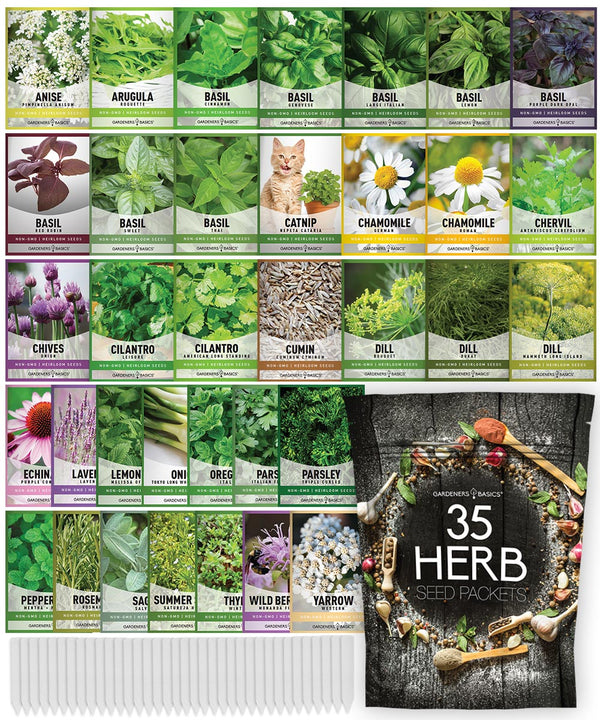
$29.95
$49.95
Heirloom, non-GMO herb seeds for indoor and outdoor home gardens! Introducing our 35 Herb Seeds Variety Pack, the ultimate selection for any herb garden enthusiast! This premium assortment includes heirloom herb seeds that are non-hybrid, open-pollinated, and non-GMO, ensuring you get only… read more
10. Knowing When to Plant
The ideal time to plant seeds depends on the type of seed and your local climate. In general, seeds can be categorized into two groups:
- Cool-season crops: These plants, such as peas, lettuce, and spinach, can tolerate colder temperatures and should be planted in early spring or late summer.
- Warm-season crops: These plants, like tomatoes, peppers, and squash, require warm temperatures to thrive and should be planted after the last frost in your area.
Consult your seed packet for specific planting recommendations based on your region and the type of seed.
 11. Succession Planting and Crop Rotation
11. Succession Planting and Crop Rotation
To maximize the use of your seed packets and ensure a continuous harvest, consider implementing succession planting and crop rotation techniques.
Succession Planting
Succession planting involves sowing seeds at staggered intervals to ensure a consistent harvest throughout the growing season. This can be done by planting a new set of seeds every few weeks or by sowing seeds with different days to maturity.
Crop Rotation
Crop rotation is the practice of growing different types of crops in the same area over a series of seasons. This can help reduce the buildup of pests and diseases, as well as improve soil fertility. Rotating crops can make the most of your seed packets by promoting a healthier, more productive garden.
12. Seed Saving and Seed Exchanges
To further extend the value of your seed packet, consider saving seeds from your plants at the end of the growing season. This can provide you with a free source of seeds for future planting and help preserve heirloom varieties.
Seed exchanges are also an excellent way to make the most of your seed packet. By swapping seeds with fellow gardeners, you can access a wider variety of plants and reduce the need to purchase new seeds each season.
In conclusion, planting the whole individual seed packet of seeds may not always be necessary or practical. By understanding seed packets, germination rates, and planting techniques, you can make the most of your seeds and grow a bountiful, healthy garden. With proper care, succession planting, companion planting, and seed saving, you'll be well on your way to a thriving, sustainable garden. Happy planting!



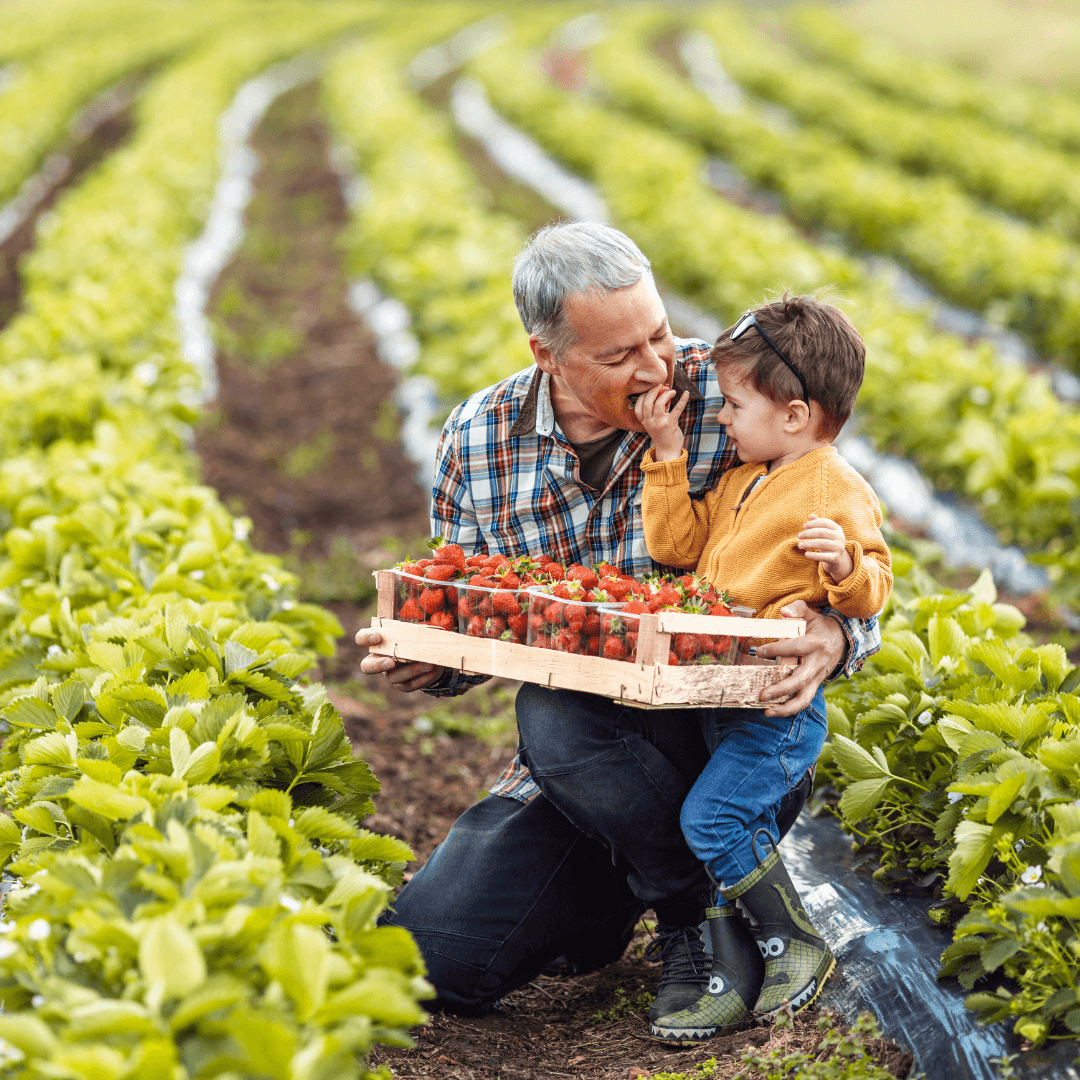
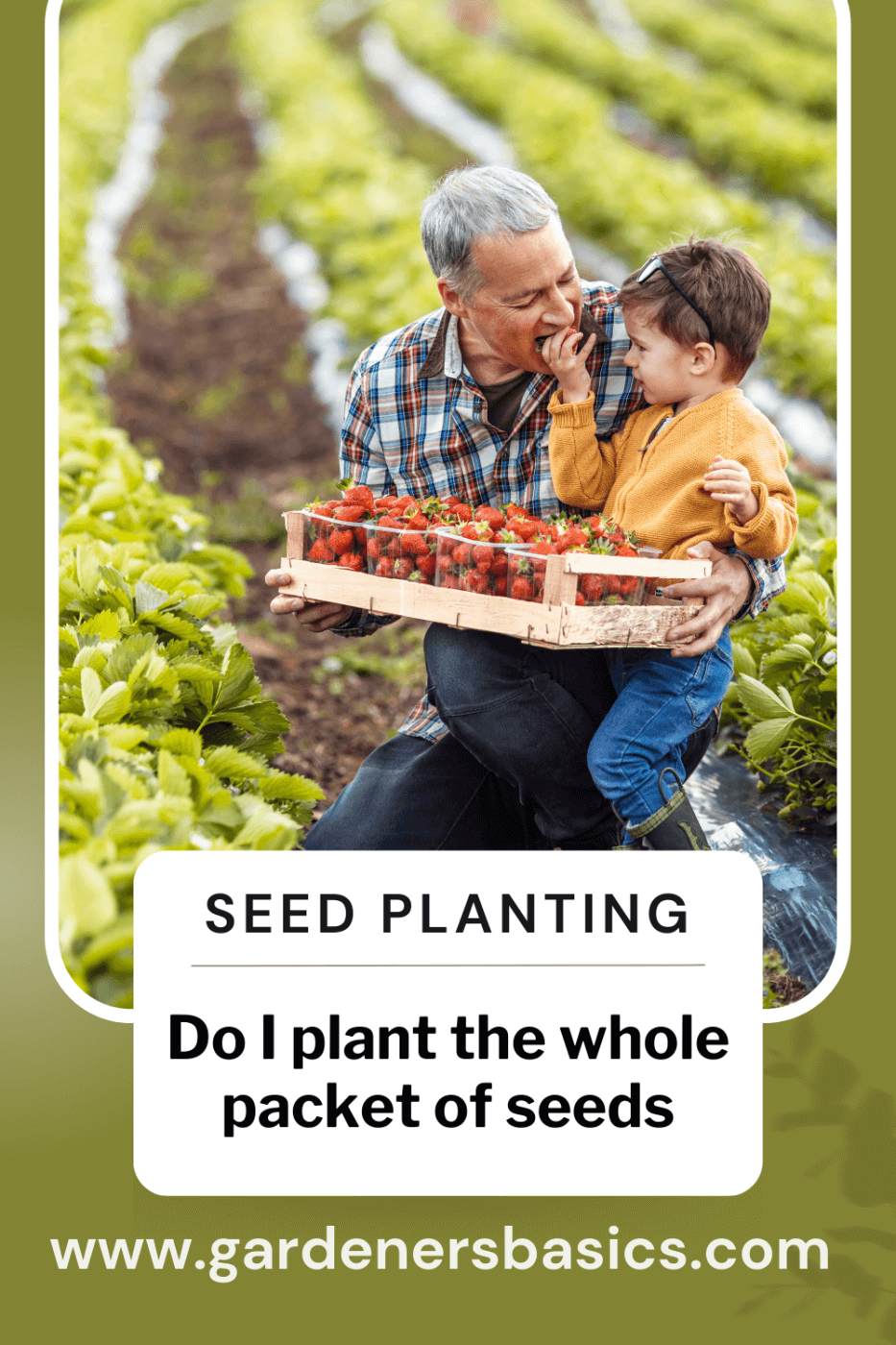 11. Succession Planting and Crop Rotation
11. Succession Planting and Crop Rotation